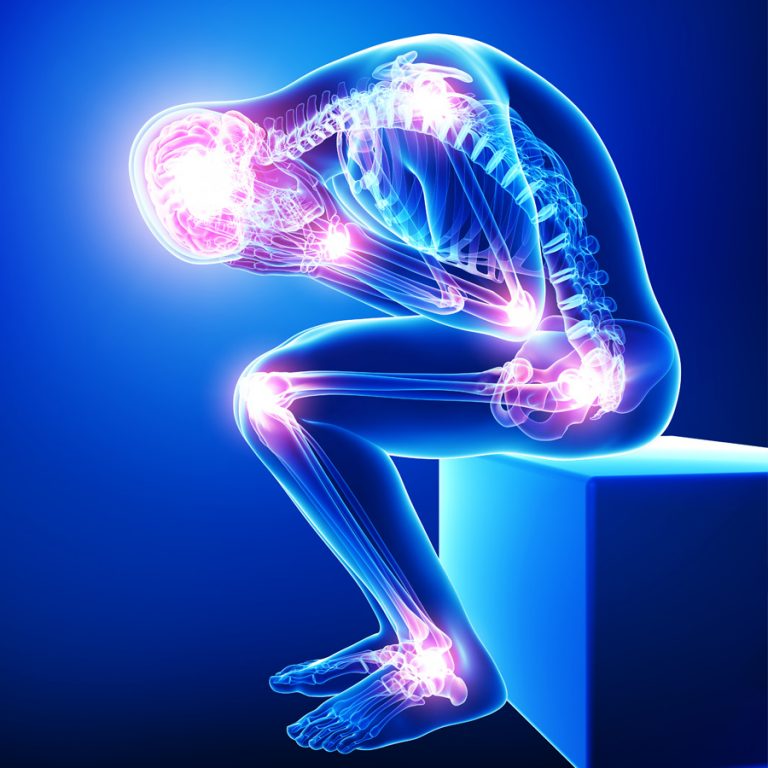
What Is Chronic Pain?
Chronic pain can be defined as pain that has persisted for more than two months. Even though it is not bad enough to drastically affect your health, it can still lead to other things such as reduced functional ability, physical decline, and even emotional stress.
Pain can be termed as chronic when it has already exceeded the normal tissue healing process, and there is no remaining evidence that the tissue with the pain is damaged. It can even develop to become a problem for the Central Nervous System.
There are different types of chronic. For example, there is hyperplasia, which generally translates to a heightened or exaggerated sensitivity to pain. Others include allodynia (the body being sensitive to a pain response of non-pain stimulus) and dysesthesia (the body reacting as a response to irregular, abnormal sensations).

